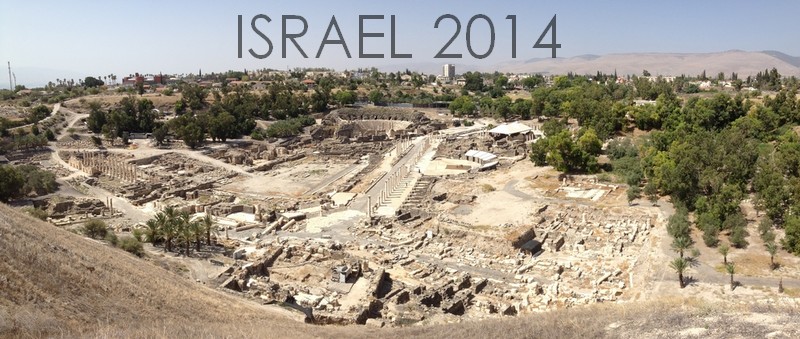
This morning, we embarked on our four day excursion into Galilee. Our first stop of the day was at Beth Shean, a tel to the west of Mt. Gilboa and southwest of Mt. Moreh. Beth Shean is the city where the Philistines hung Saul‘s body outside its walls after he took his life during battle.
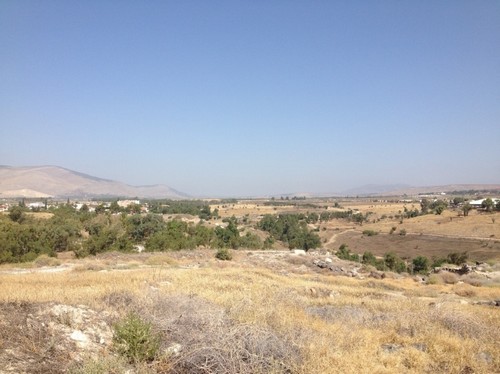
Our class discussed the circumstances surrounding Saul’s death, such as why he was in the area fighting the Philistines to begin with: Saul was working to unite the kingdom, and the Philistines were threatened by the northern tribes coming together. As long as they remained isolated from each other they weren’t a threat to anyone, but Israel’s unification meant trouble for those in the more international region to the north. Our instructor pointed out that Saul was actually doing the right thing as king by working towards unification, challenging the caricature of Saul that’s become ingrained in the western Christian psyche. “He didn’t always act crazy,” he reminded us.
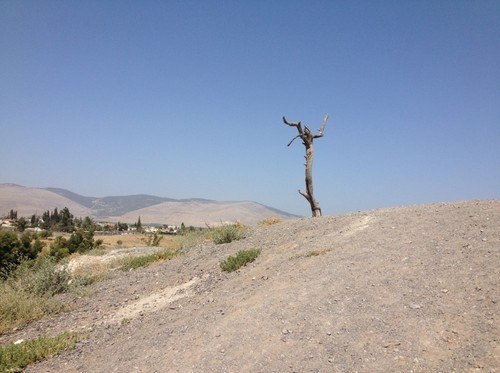
Also at the site of Beth Shean was the Second Temple era city of Scythopolis. Its architecture, its temples, and its theater painted a strikingly different picture than we’ve become accustomed to at the Israelite locations. As we sat on a hill above the city, our instructor invited us to take in the spectacular view and consider the wealth and power of the Decapolis cities. Their grand qualities were used as “evangelism tools” for Rome – it’s no wonder that groups like the Sadducees were willing to play along.
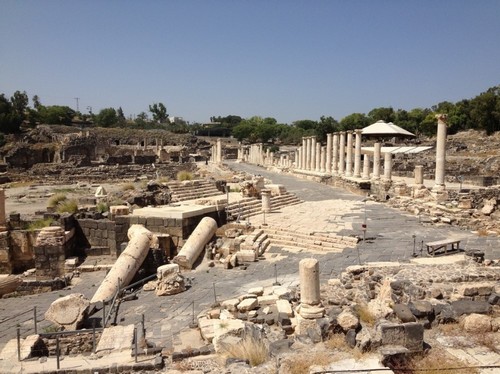
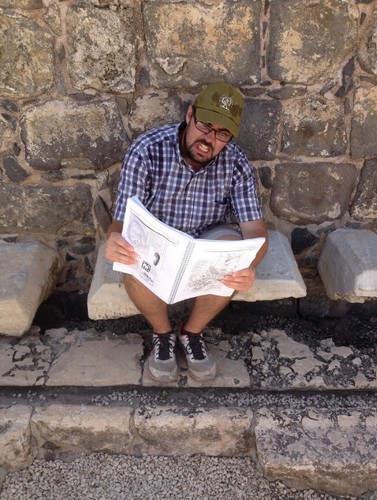
The next place we visited was Megiddo, which gave us an excellent overview of the Jezeeel Valley. From the top of the tel we could clearly see the Nazareth Ridge, Mt Tabor, the Tabor pass, Mt. Moreh, the Harod pass, Mt. Gilboa, and the Megiddo pass. In the foreground lie the Jezreel Valley and the Kishon Wadi. With the valley as his backdrop, our instructor walked us through the stories of Deborah and Jael, and Josiah’s fall in battle. We also discussed various views concerning the references to Megiddo found in Revelation.

The next site we visited was Mt. Carmel, where Elijah challenged the prophets of Baal. At this stop, our instructor shared his interpretation of the events that transpired there, helping us understand the cultural and religious backdrop of Elijah’s story. As we surveyed the land from the top of a scenic outlook, we could see Nazareth in the distance, which is where we traveled next.

Our location along the Nazareth ridge offered yet another breathtaking view of the Jezreel valley. As we looked southward, we could see Mt Tabor to our left and, across the valley, Mt Moreh directly in front of us. Here, our instructor asked us to consider all of the biblical events that occurred in the vicinity of Jesus’ upbringing (e.g. Deborah and Jael, Elisha raising a young boy from the dead, Saul’s defeat, etc.). Jesus grew up in Israel’s heartland, so to speak. But he also grew up in a poor area under Roman control; anyone hearing these stories would have looked back on them as the “good old days,” longing for God to restore Israel to its former glory.
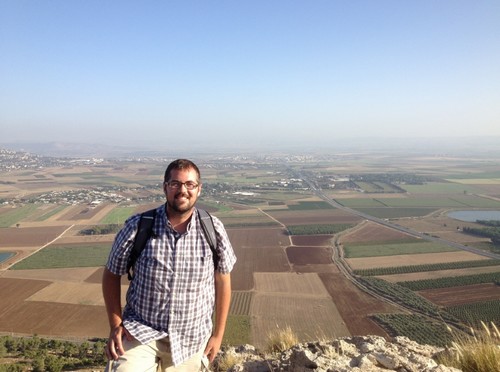
Our instructor explained that this is the proper context for Luke 4:14-30 when Jesus traveled to Nazareth and read from Isaiah in the local synagogue. At first, his proclamation was well received, which is something I had never noticed in my reading before. I don’t know if it’s because I’ve become so familiar with rote recitations of the story, but in my mind I always understood that Jesus read from the scroll and everyone became upset about his claim to have fulfilled the prophecy. But a closer look at the text reveals that the people in the synagogue became upset only when Jesus implied that God’s promises were not only for his chosen people, but also for the Gentiles. Jesus was turning their expectations and worldview on its head. Jews in Jesus’ day wanted God to send his Messiah to overthrow the Romans, not invite them in!
Interestingly, the site where we studied this passage is understood to be the spot where they attempted to throw Jesus off a cliff. While there is absolutely no basis for it in scripture, local tradition states that they actually did throw him off the cliff, but he flew away. Gotta love local legends.
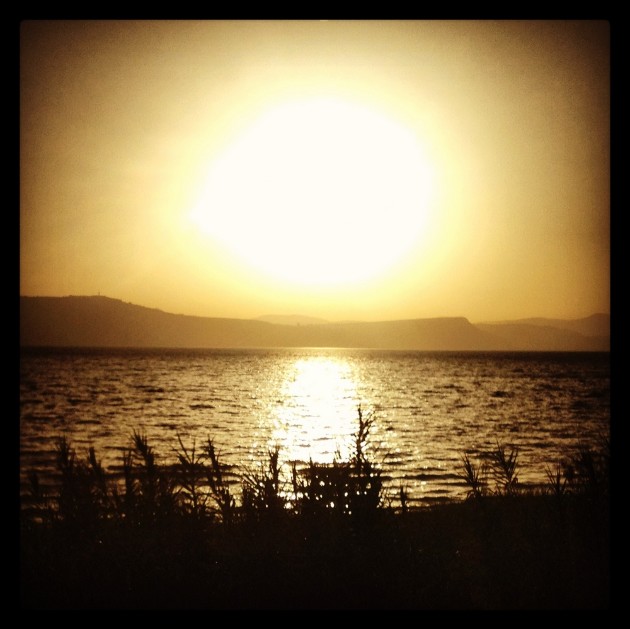
After spending a lot of time in the Old Testament, it’s been awesome bringing Jesus back into the picture a little. Even though this class is only three weeks long, I believe I’m gaining knowledge that can inform and apply to so much of what I’m already doing. I know I’m starting to sound like a broken record at this point, but I can’t wait to get home and start putting what I’m learning here to good use!